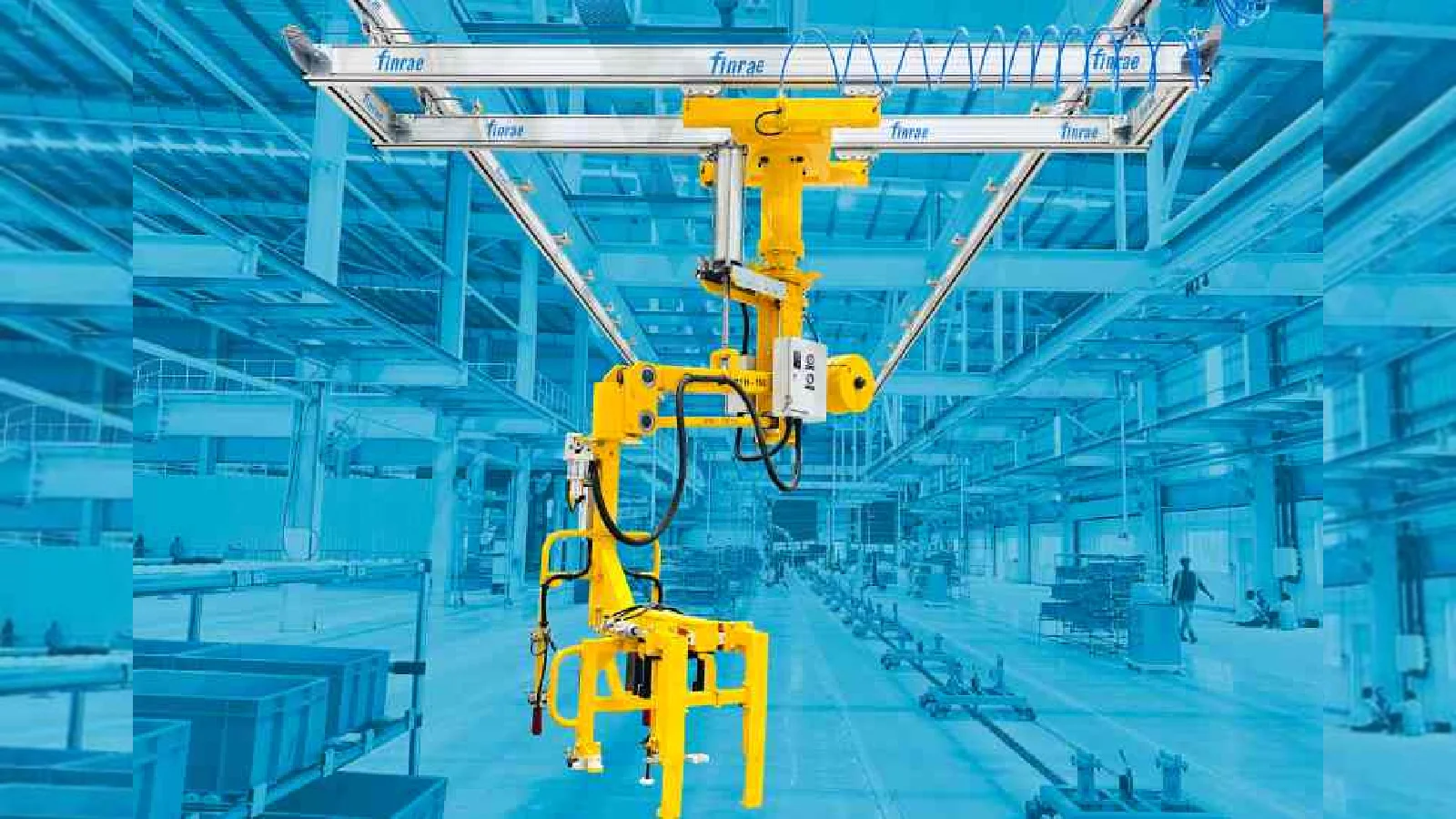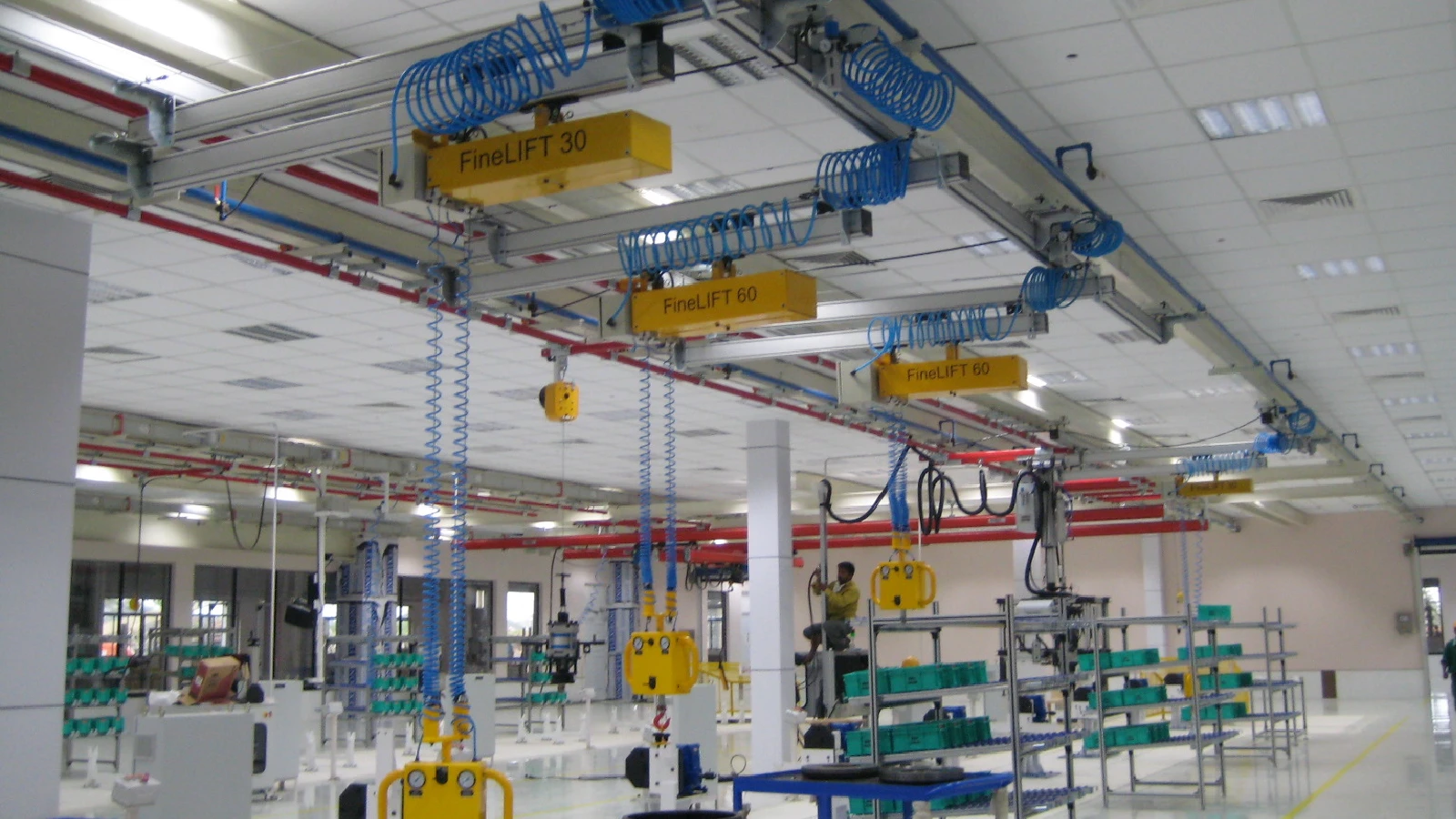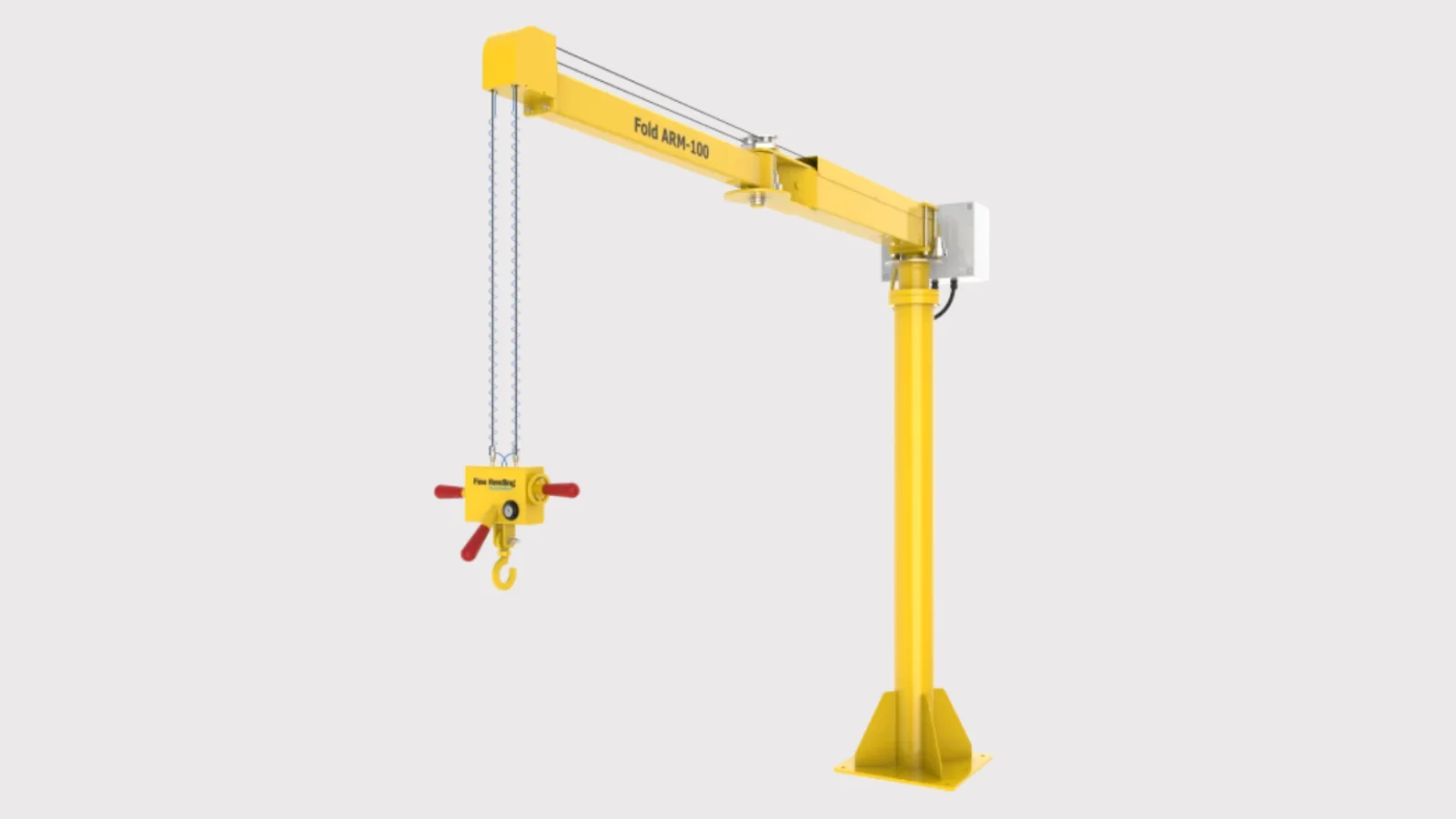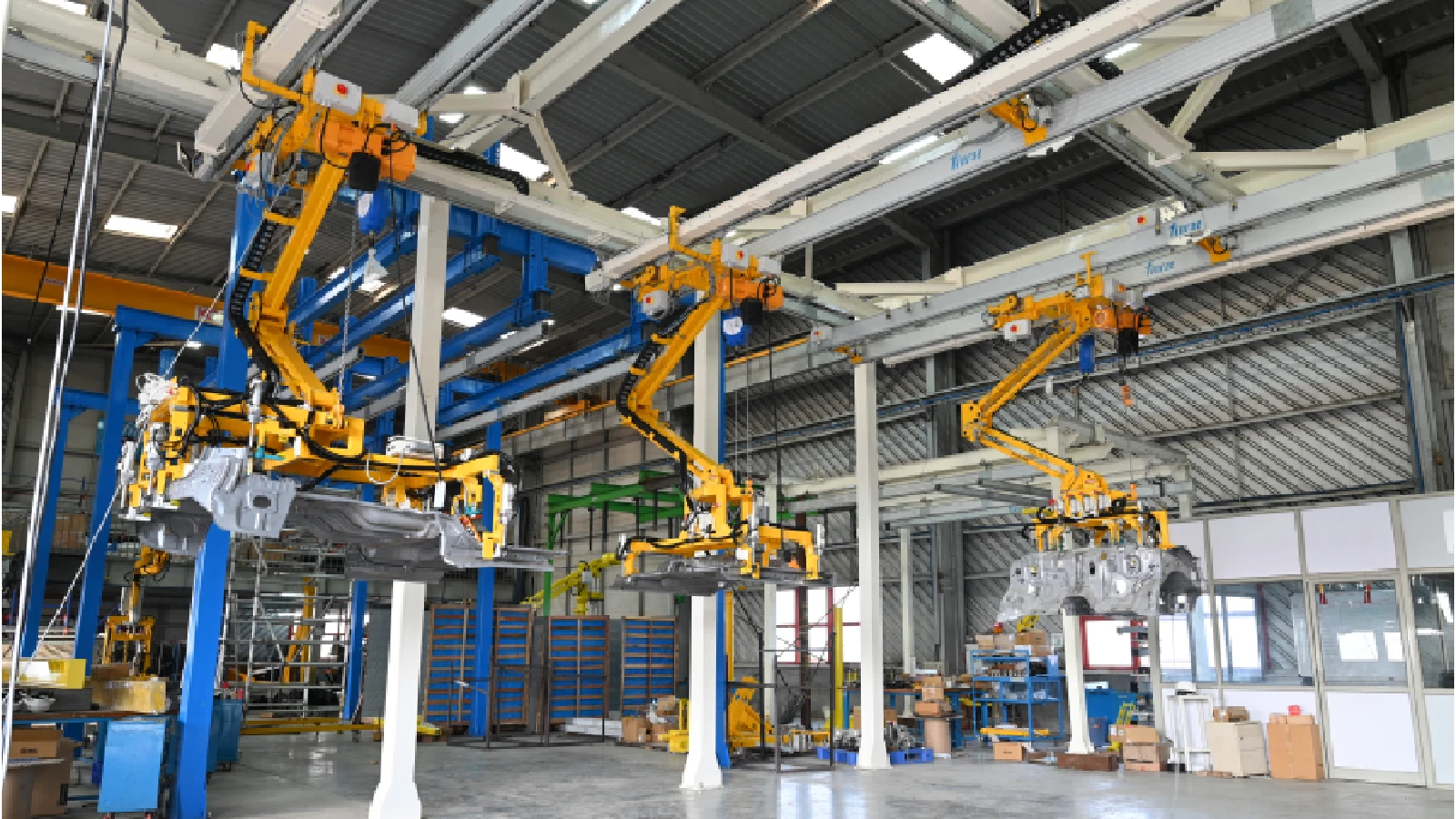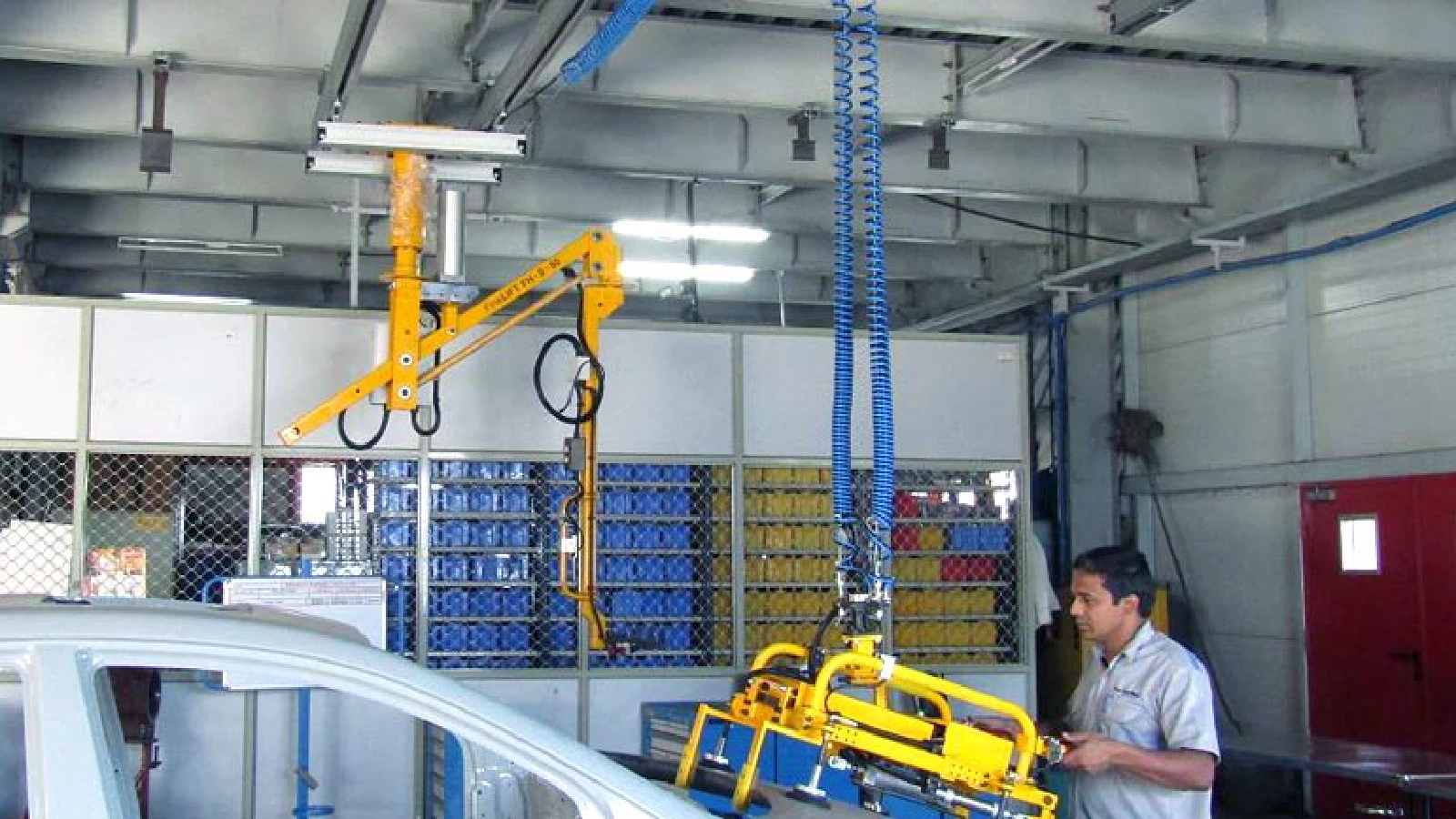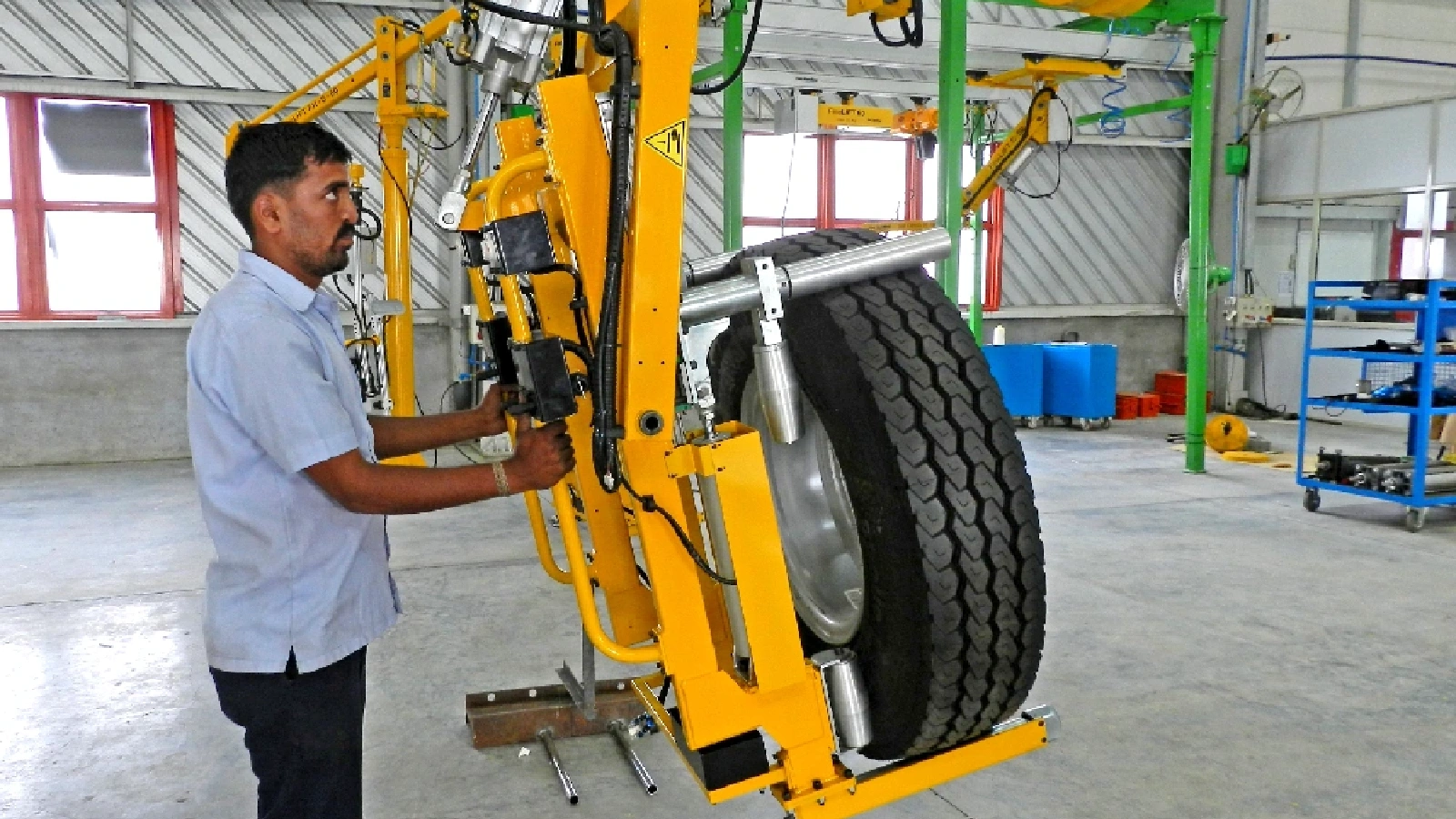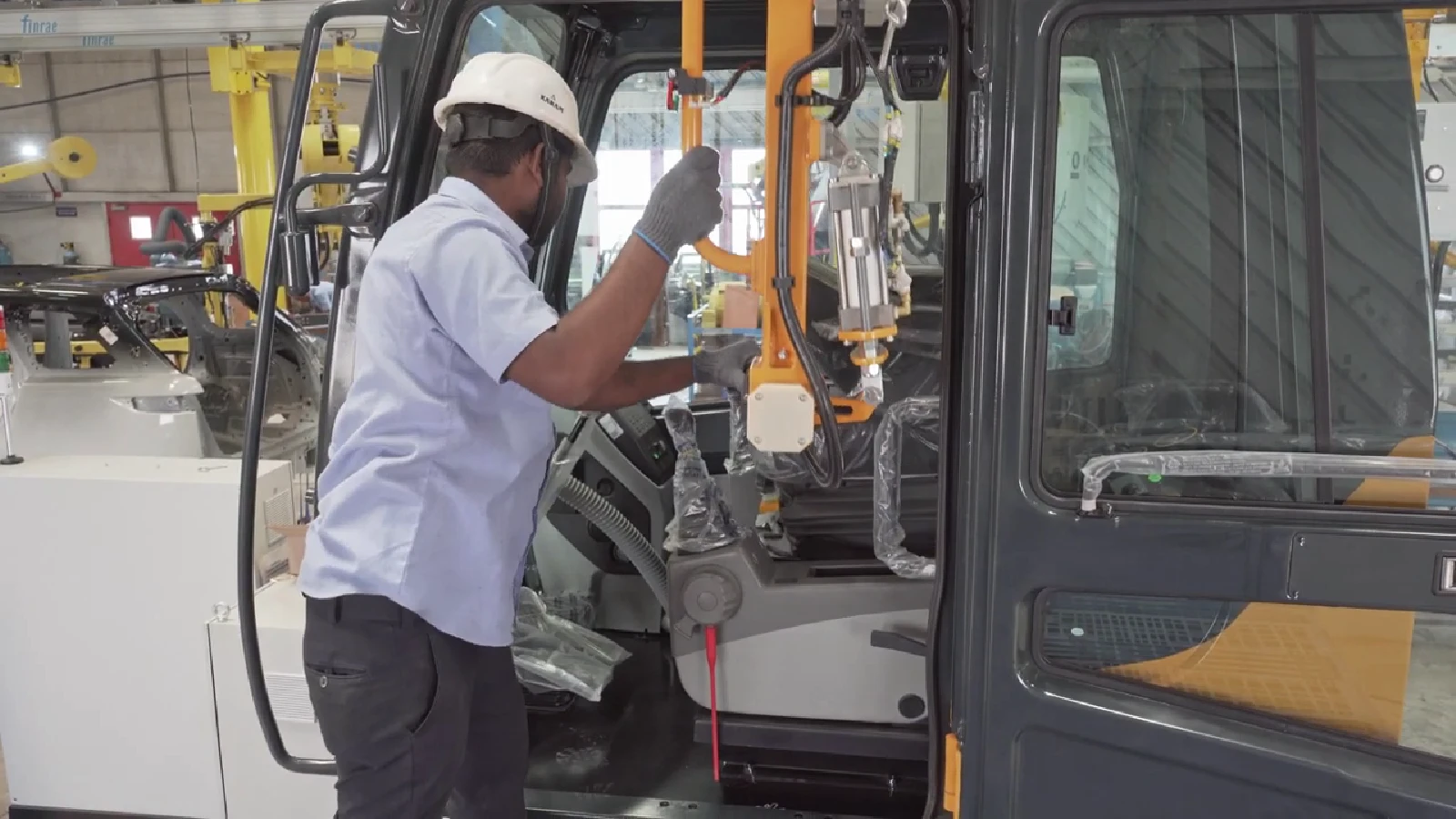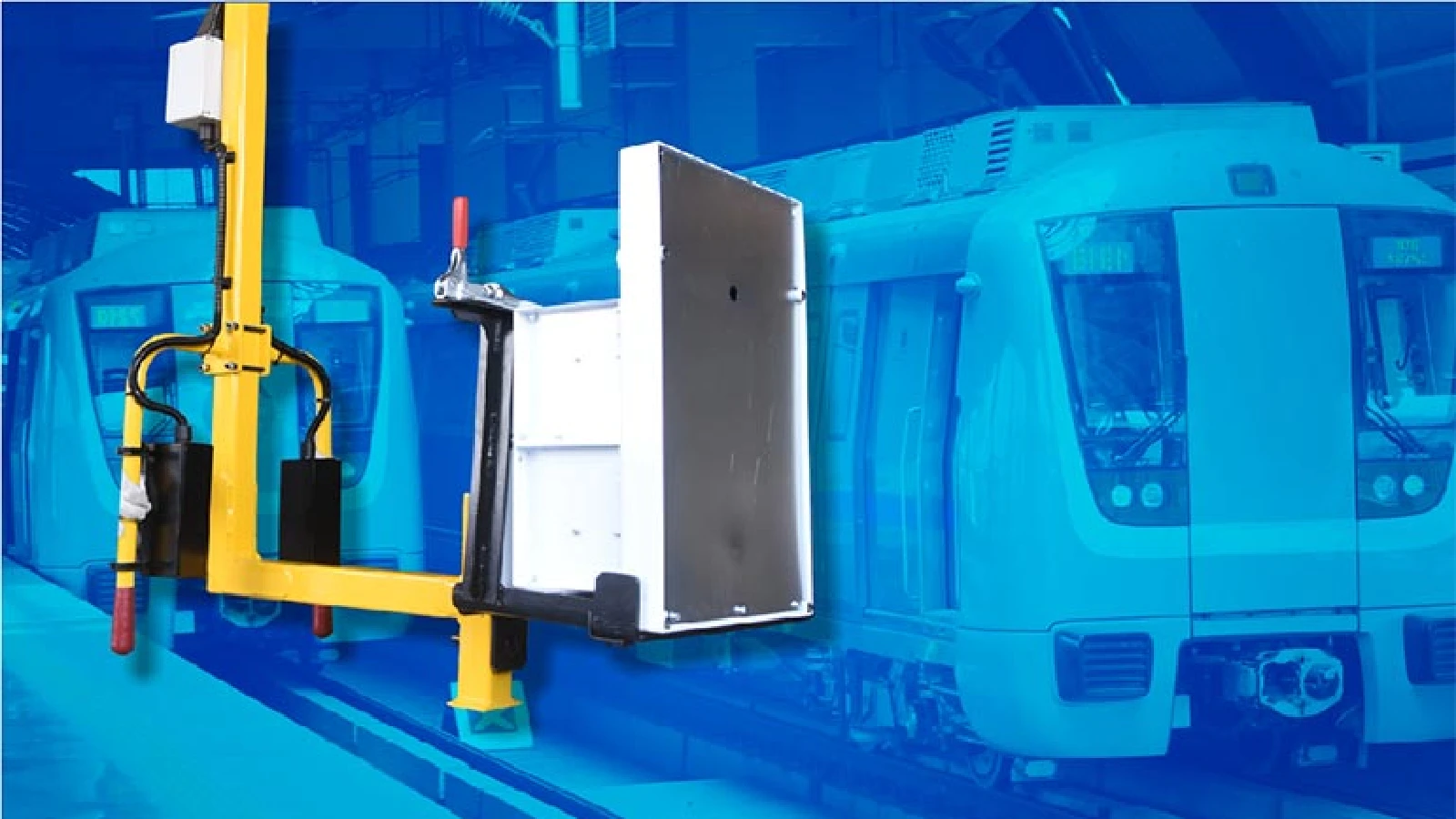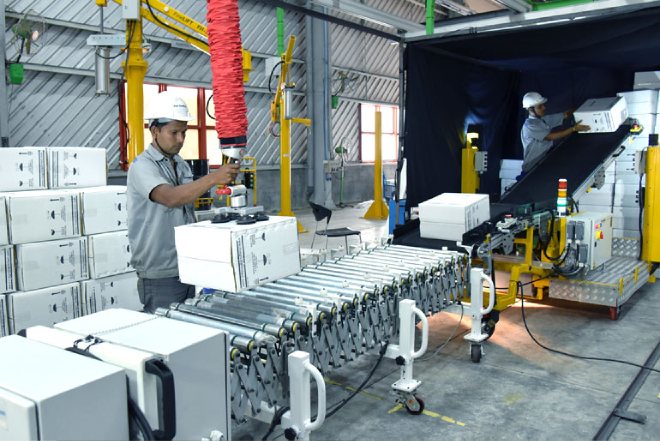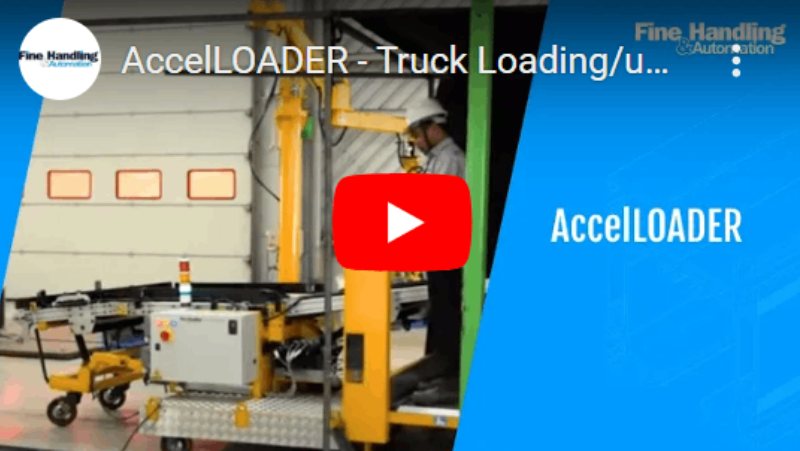The backbone of Indian agricultural sector has come far from its humble roots
Tractors have made a giant leap into the future, in terms of power, performance, exports, and production processes.
By 2020, India has emerged as the largest exporter of tractors to the world and its domestic manufacturing capacity is estimated to touch 1 million in the coming decade. The demand for tractors in rising in India and abroad. While factors such as shortage of farm labour and increasing mechanization are responsible for the growth of tractors, the key factor is the rapid development of tractors themselves and tractors material handling is also one of the challenging from inside.
Tractors are changing from inside out!
As the Indian agricultural sector mechanizes, there is growing demand for tractors that deliver more power and speed. For instance, in 2001, the average horsepower of an Indian tractor was 31-40HP. But today, 50.8% of the domestic market share belongs to tractors between 41-50HP. On the other hand 60% of the 50+ HP tractors were exported. Responding to the growing demand for power, manufacturers are ramping up the engine and transmission of tractors big time.
What’s happening with tractor engines
Tractor manufacturers are currently focusing on improving tractor engines with regard to efficiency, durability, and lower emissions.
Two major changes that are happening in tractor engines include increased engine displacement volume and reduced stroke-bore ratio. Typically, the speed of an Indian tractor is 2000-2500 RPM. Now, the market introduces tractors with engine displacement volumes increasing up to 4000cc, as they reach 75HP and above.
Alongside higher displacement volume, Indian tractor engines are gaining increased speed and are now turbocharged.
In other developments, a reduced stroke-bore ratio has enabled Indian tractor engines to gain higher speed, better fuel efficiency, compact design and reduced vibrations. The stroke-bore ratio of Indian tractors has come down from 1.33 in 2001 to 0.95 today. Additionally, the weight to power ratio of Indian tractors is has improved significantly as the manufactures slim the process on castings derived through CAD/CAM designs. Designs are also being changed to accommodate higher break mean effective pressure.
How has the transmission transformed
The transmission of Indian tractor has now become near clutch less. While some models may still require the clutch to shift gears, manufacturers have eliminated the need to press the clutch to engage the PTO drive, rendering the PTO drive completely independent. Further on, the reverse gear in many tractors has been done away with. Now, there is a forward and reverse shuttle lever which allows taking the tractor in the desired direction without changing the gear. While clutch operation is still required for some shuttle levers, there are also new hydraulic levers which can be operated smoothly without pressing the clutch.
Changing production and design
Increasing demand and emerging export opportunities have also transformed the production line of tractors to a great extent. Tractor design is aided by technologies such as CRDi which aid farmers in enhancing their productivity. Advanced design and testing software are used to detect post-production errors. Alongside production, the tractor material handling systems, the tractor material handling in manufacturing is also witnessing transformation. Specially designed manipulators handle the movement of materials with complex profiles, such as tractor engine and tire handling. Export oriented tractors are being designed specially for use in large-sized farms outside India.
At the same time, 2018 witnessed the launch of India’s first driverless tractor supported with a digital app to program and track the vehicle. In another development, India’s first field-ready electric tractor was launched in 2020.
On the design side, there is a growing trend towards close cabin tractors with air conditioning and sound systems.
As competition increases, tractor manufacturing will become more capital intensive, cutting costs and dependence on human labour. Tractor material handling solutions from fine handling are well suited to automate critical parts of the tractor assembly line. With proved performance in major automobile plants around India, industrial manipulators from Fine Handling provide easy and efficient solutions for tractor engine handling, installation of tractor hoods tractor tyre handling
To automate and speed up the material movement on your assembly line, reach out to us at sales@fine-handling.com







